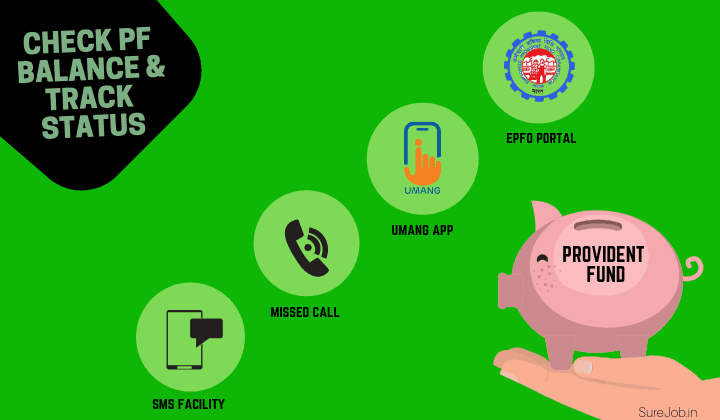Buying the right insurance policy is one of the most important investment decisions for every individual.
More so, since it covers two vital aspects – the risks associated with our life and our property.
However given the plethora of insurance products being offered today, choosing the right policy which meets your requirements is not an easy decision.
Buying an insurance plan solely on the advice of colleagues, friends and other well-wishers – without really understanding the intricacies of the policy – is a common mistake committed by most investors in India.
Making any subsequent changes in the policy or cancelling it can often be a tedious process. Hence, it makes sense to first do your own due diligence and then invest your hard-earned money in the right insurance policy.
To make it even simpler for you, we have listed below the 11 points you need to carefully consider before investing your money in an insurance plan.
1. Set your financial target
Deciding how much money you will need to secure your future is the first thing you need to ask yourself. A standard approach states that your life insurance should be at least 10 times your present annual income.
This will ensure that your family stays fully protected – financially – in the event of any unfortunate eventuality.
2. Run a background check.
Once you have decided on the amount you need, the next step involves doing an extensive background check on the insurance companies on your list.
You will find all the required details including; network & distribution structure, policy offerings & details, customer support contact details and assistance for online investments – listed on their website.
3. Take an informed decision
The insurance market today offers a variety of insurance plans to choose from and you need to take a carefully considered decision. Some of the primary choices include;
- ULIPS (Unit-Linked insurance Plans) — which are a combination of life insurance and investment plans.
- Pure Term Insurance Plans — to protect your liabilities in the long-term.
- Endowment Plans – that offer guaranteed returns for investors with a low risk appetite.
4. Check the fund performance.
This is a very important step if you’re planning to invest in a ULIP (Unit-Linked insurance Plan). Again all companies need to detail the performance of their plans & funds online.
A good indicator of a stable fund will include a consistent track record of growth and assured returns.
Funds with an erratic or shaky performance over the preceding few years can make for a risky investment and should be avoided.
5. What is the lock-in period?
Typically insurance plans like ULIPS which provide the investor with life cover and invest in the financial market have a lock-in period. During this time, the investor cannot withdraw any money from the fund.
However, the period differs from company to company.
You will need to confirm the exact lock-in period for the plan you plan to invest in and then decide if you can survive without having to withdraw the money during this tenure.
6. What is the Free Lock-in period?
This one is a little different from the lock-in period mentioned above. As per norms, every company is expected provide a ‘free lock-in period’ for customers to decide whether he/she is happy with the policy or otherwise.
Usually this courtesy is extended up to a period of 15 days. In case you are unhappy with the policy for whatever reasons and return the policy within this period, the company is then obliged to refund your money in full.
7. When do you have to pay the premium?
Monthly, quarterly, half-yearly or annually – these are the standard payment options for paying your premium on the insurance plan you want to invest in.
For those with an irregular source of income, paying the premium monthly can become a little difficult.
So you need to first check the options on offer and then choose the one that suits you the most – prior to buying the insurance plan.
8. What is the surrender-value of the plan?
Often overlooked by investors, this is a critical point that you need to consider carefully. The surrender value is the money you will get back if you decide to surrender your policy before its maturity.
Every insurance policy offers a different surrender value for each of their product depending on the time it is surrendered by the policy holder.
Make sure you are aware of the amount you will be eligible to get back over different time periods.
9. Will you be charged for premature termination?
While it varies from company to company many insurance companies do charge a penalty in case the policy holder decides to terminate the policy before its maturity date.
In some cases these charges tend to be on the higher leaving you with a reduced amount when you surrender your policy.
Hence, it always makes sense to check the charges and base your decision to invest in the plan accordingly. As a rule of thumb, it’s better to avoid plans which charge a surrender fee.
10. What are its other benefits?
While every insurance policy provides the standard protection against loss of life/property, many also offer several additional benefits – like top-ups and extra bonuses – as well.
Get in touch with the company/agent to find out which are the extra benefits that you would be eligible for if you decide to invest in a particular insurance plan.
Only invest in a policy that gives you the maximum benefits.
11. Claim Settlement Ratio.
Considering the claim settlement ratio of an insurance company is always a good idea, though not mandatory. Since the insurance industry in India is highly regulated, cases of legitimate claims being rejected are few and far between.
However for your own peace of mind, a look online at the number of claims settled vis-à-vis the number of claims raised should give you a fair indication of its track record in this area.
To Summarize
Selecting a suitable insurance plan is not an easy decision by any means. But by doing your due diligence and following the guidelines mentioned in this article you can make the right decision with the minimum hassle.
And just in case you still have second thoughts about your policy – you can always return it to claim a full refund within the stipulated 15-day window of the free trial period.








